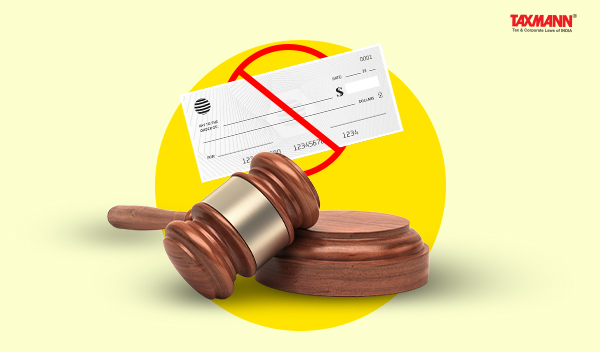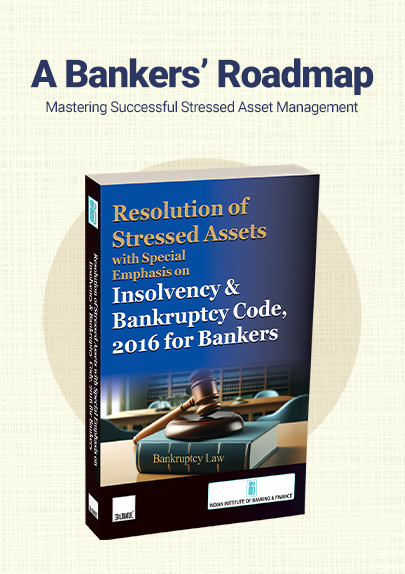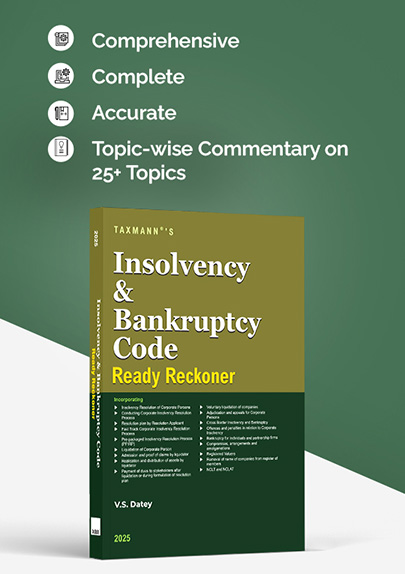Independent Director Not Liable u/s 141 as He Neither Signed nor Authorized Dishonored Cheques nor Managed Finances
- Blog|News|FEMA & Banking|
- 2 Min Read
- By Taxmann
- |
- Last Updated on 5 March, 2025
Case Details: Kamalkishor Shrigopal Taparia v. India Ener-Gen (P.) Ltd. - [2025] 171 taxmann.com 715 (SC)
Judiciary and Counsel Details
- B.V. Nagarathna & Satish Chandra Sharma, JJ.
Facts of the Case
In the instant case, Company ‘D’ allegedly availed two loans from respondent during 2016-2017. As repayment, the company issued various cheques, which were dishonoured due to insufficient funds. The Respondent filed a complaint before the Metropolitan Magistrate under section 138 of the Negotiable Instruments Act, 1881, against the company.
The appellant, an independent non-executive director of the company, had been arrayed as an accused in the said section 138 complaint. The High Court dismissed the appellant’s applications under Section 482 of the CrPC seeking quashing of the proceedings pending before the Metropolitan Magistrate.
Thereafter, an appeal was made before the Supreme Court against the order passed by the High Court. It was noted that the appellant had no role in financial operations or key-management of the company.
Further, the appellant neither signed nor authorised the issuance of these cheques. Moreover, the appellant resigned from the company on 3-5-2017, and his resignation was duly notified to the Registrar of Companies.
Supreme Court Held
The Supreme Court observed that the complaints did not contain any specific averments detailing how the appellant was responsible for the dishonoured cheques. Thus, the appellant could not be held vicariously liable under section 141 of the Act.
The Supreme Court held that a mere designation as a director does not conclusively establish liability under section 138 read with section 141 of the Act. Thus, the liability is contingent upon specific allegations demonstrating the director’s active involvement in the company’s affairs at the relevant time.
Accordingly, the impugned order of the High Court was to be set aside, and criminal proceedings against the appellant pending before the Metropolitan Magistrate were also to be quashed.
List of Cases Reviewed
- Pooja Ravinder Devidasani v. State of Maharashtra, (2014) 16 SCC 1 (Para 19) followed.
List of Cases Referred to
- National Small Industries Corporation Limited v. Harmeet Singh Paintal and Another (2010) 3 SCC 330 (para 15.1)
- N.K. Wahi v. Shekhar Singh (2007) 9 SCC 481 (para 15.2)
- Pooja Ravinder Devidasani v. State of Maharashtra (2014) 16 SCC 1 (para 15.4).
Disclaimer: The content/information published on the website is only for general information of the user and shall not be construed as legal advice. While the Taxmann has exercised reasonable efforts to ensure the veracity of information/content published, Taxmann shall be under no liability in any manner whatsoever for incorrect information, if any.

Taxmann Publications has a dedicated in-house Research & Editorial Team. This team consists of a team of Chartered Accountants, Company Secretaries, and Lawyers. This team works under the guidance and supervision of editor-in-chief Mr Rakesh Bhargava.
The Research and Editorial Team is responsible for developing reliable and accurate content for the readers. The team follows the six-sigma approach to achieve the benchmark of zero error in its publications and research platforms. The team ensures that the following publication guidelines are thoroughly followed while developing the content:
- The statutory material is obtained only from the authorized and reliable sources
- All the latest developments in the judicial and legislative fields are covered
- Prepare the analytical write-ups on current, controversial, and important issues to help the readers to understand the concept and its implications
- Every content published by Taxmann is complete, accurate and lucid
- All evidence-based statements are supported with proper reference to Section, Circular No., Notification No. or citations
- The golden rules of grammar, style and consistency are thoroughly followed
- Font and size that’s easy to read and remain consistent across all imprint and digital publications are applied






 CA | CS | CMA
CA | CS | CMA


